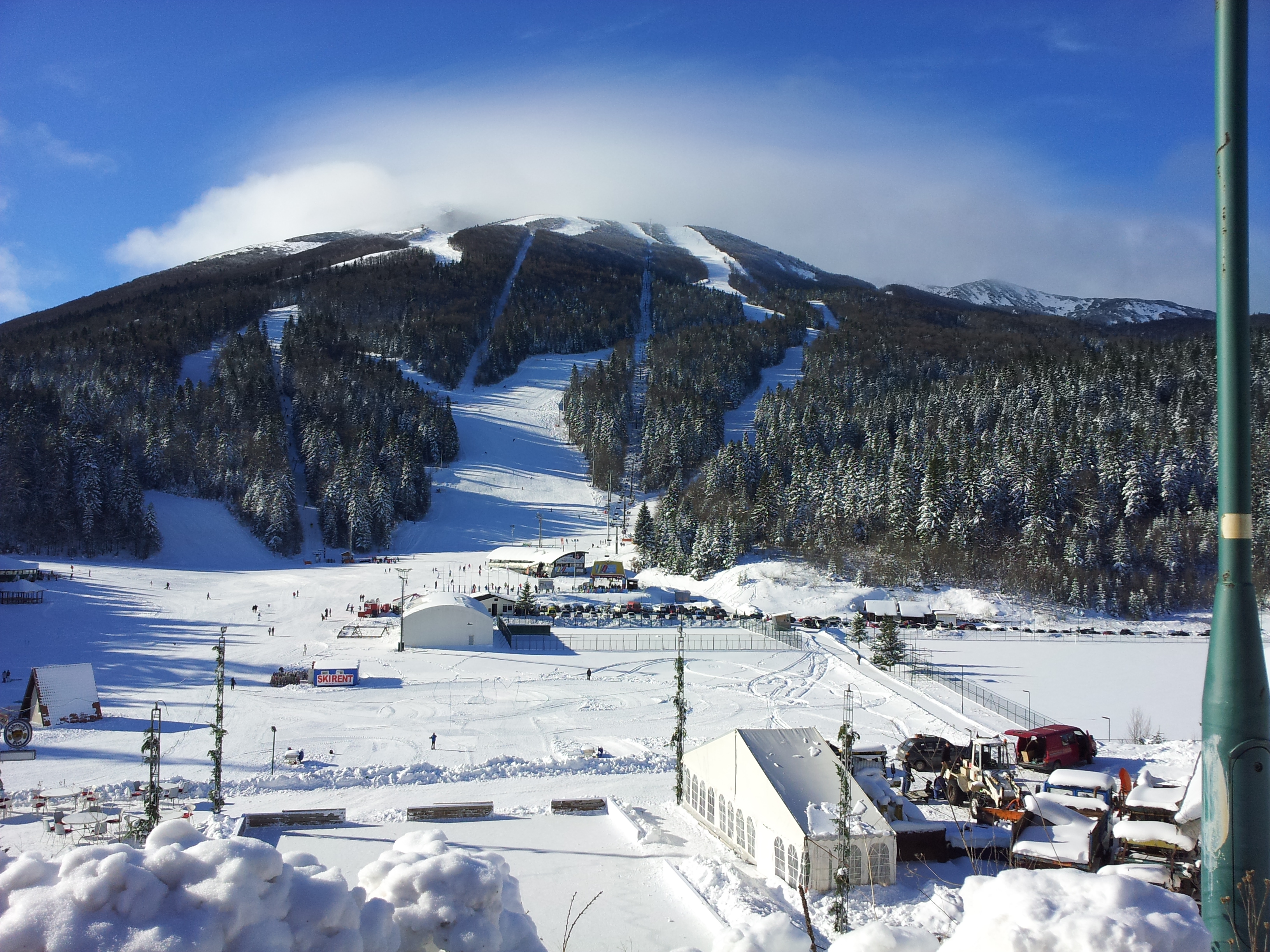
Meadow grass is widely used in rural households, but more recently in landscape architecture
Meadow grass (lat. Bellardiochloa)) has been known since ancient times, especially to farmers. This is one of the least demanding and long-lasting plants (cereals), which is widely used in rural households, but also in landscape architecture in recent times. The earliest light purple meadow grass covers meadows and city lawns. This plant is also used in official medicine. Plant pollen is a very strong allergen. An active substance is extracted from the pollen, which is used today to treat seasonal allergies (hay fever) accompanied by rhinitis and conjunctivitis.
The real meadow grass (Poa pratensis in Latin) is an aggressive and resistant perennial plant. Forms thick sods. The roots are creeping, branched and woody, which can penetrate one meter to one and a half meters deep. The stems are solitary, smooth, deeply embedded, up to one meter high. The leaves are narrow and long with a rusty green color and a slightly coarser structure. The flower is a spreading broom up to 20 cm to 25 cm long, green in color with a purple glow. The fruit is in the form of a three-branched spike. The plant is widespread in wild nature throughout the Northern Hemisphere with a moderate climate, and in general it can thrive everywhere, that is, on the entire planet. It prefers to grow on heavy humus soil with plenty of moisture.
Roots, greens and seeds can be used from meadow grass. The roots are prepared during spring and autumn when the plant vegetation has matured (the root is pulled out of the soil and carefully washed and cleaned). The root is placed in the air to dry, cut into smaller pieces and dried in an oven or dryer up to 50 degrees C. The above-ground part is prepared at the beginning of the emergence of the classes, i.e. in June.
The grass is cut with a sickle or mowed. The raw material can be tied in loose bundles and kept hanging in the wind without access to the sun. And it can be left mowed in the meadow and stacked in grouped narrow bundles and turning the bundles until the grass dries naturally. The seeds are collected during the summer when they are ripe. Grass brooms are also cut with a sickle and placed on canvas or in sacks until they are completely dry. Then they are ground or mashed between the palms. The seeds fall out easily and need to be cleaned of dirt and dust (it is good to shake the seeds through a sieve). Keep prepared meadow grass raw materials in cardboard boxes for a maximum of 2 years.
Medicinal properties – the chemical composition of meadowsweet grass is very rich, i.e. it contains a large amount of carotene, vitamins E and D, group B vitamins, minerals (potassium, calcium, iron, copper, zinc, manganese). Substances used in the treatment of hay fever are extracted from the pollen (injections based on this agent cause a strong immune response of the body and increase the body’s anti-allergic abilities).
Previously, children were treated with meadowsweet grass due to allergies, and preventive sessions were also performed. The grass was dried as soon as it was collected until flowering and placed in mattresses or children’s mattresses. Such a preventive measure is very effective – children would really avoid allergies, and all those who had allergic ranitis in the first initial phase would get better. Phytoncides (separated from grass) strengthen immunity and stimulate the body’s protective powers.
Meadow grass was used in the form of “evaporation mattresses” that were used especially in spas. People (during the rest and treatment process) lay in saunas on steam mattresses filled with meadow grass. “Evaporation” was performed with brooms made of meadow grass. Such procedures were effective for people with painful joints and muscles and for removing fatigue and pain from the body.
Bath with meadow grass to improve health – place dry meadow grass in a 10-liter pot without crushing it, cover with water and bring to a boil. Cook for 3 minutes and remove from heat. Allow the liquid to cool. Pour the resulting decoction into the bathtub. Use the bath for up to 20 minutes due to pain in the joints, muscles, ossification, painful arthrosis and radiculopathy (nerve entrapment).
cover page photos public domain
